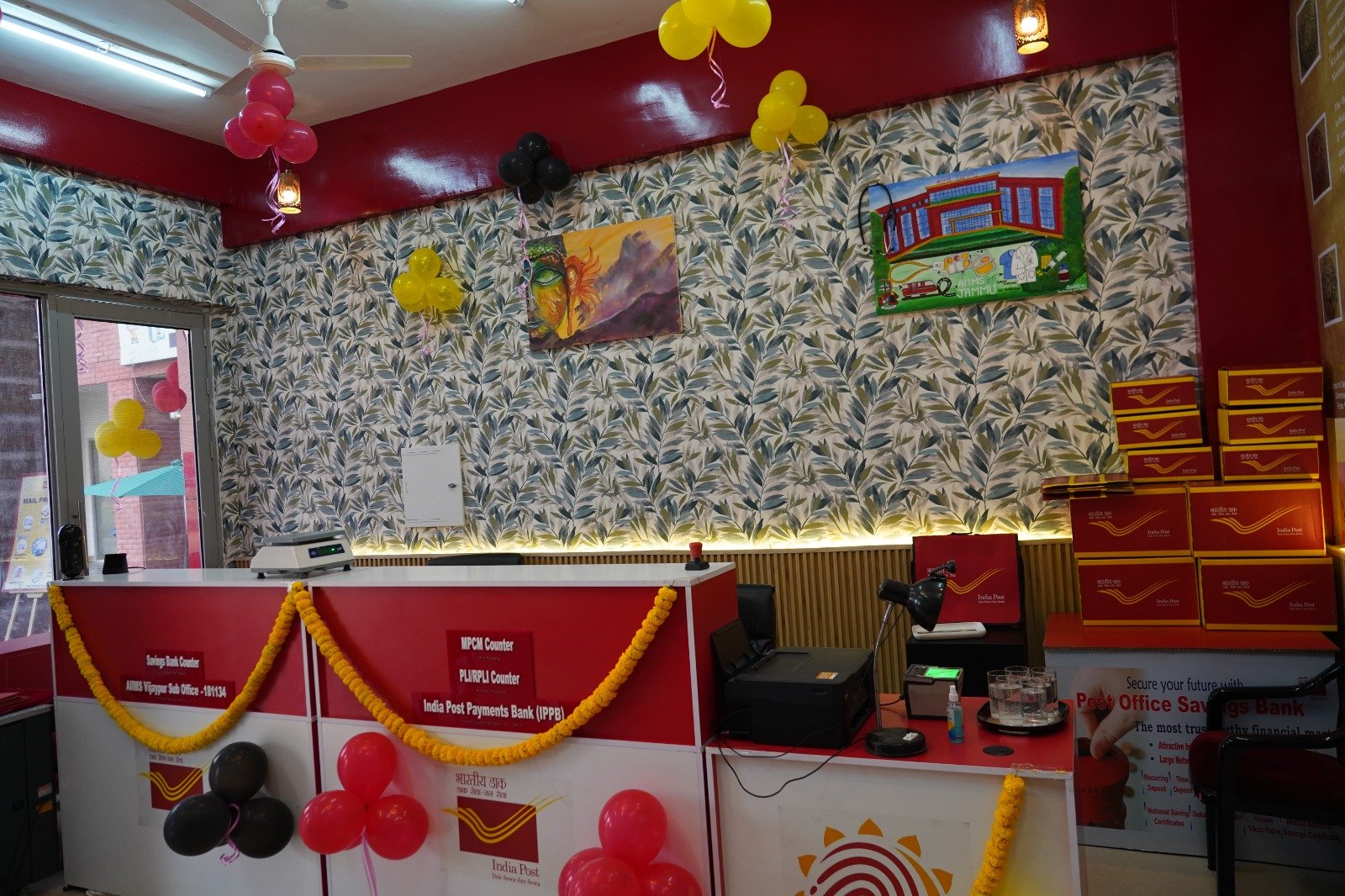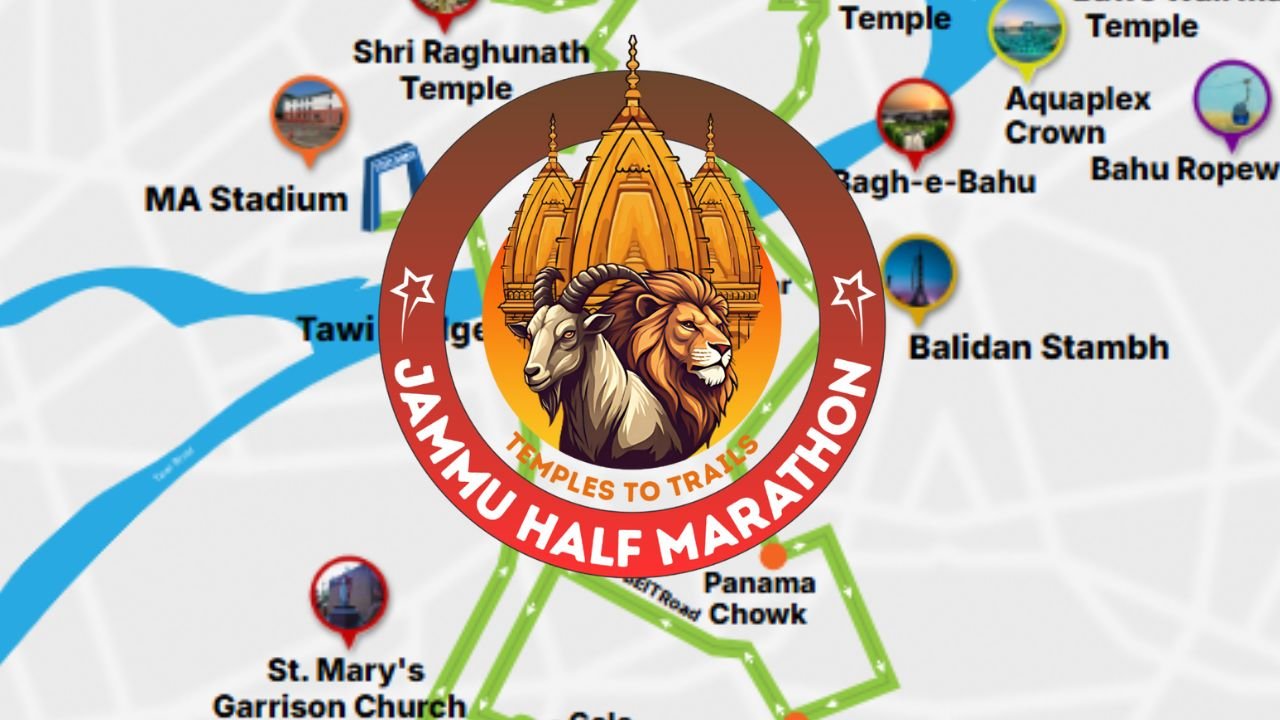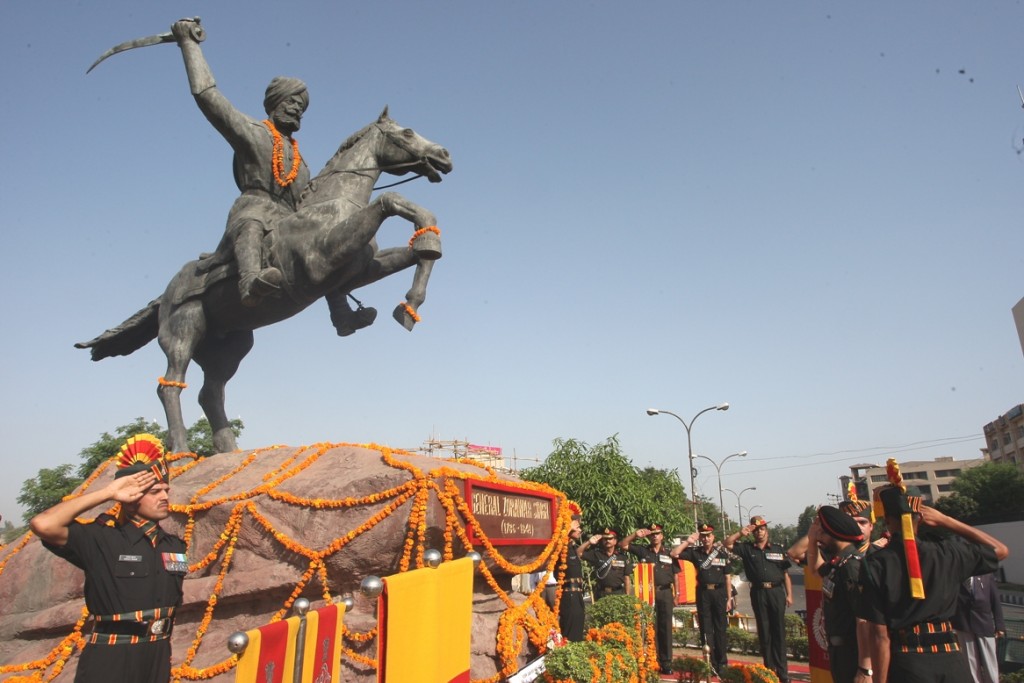Akhnoor, a small town, just 28 kms away from Jammu has a rich history and a number of places to visit. Here are a few facts about Akhnoor which need to be shared with the world so that the place gets its much deserving place in the tourism circuit of J&K:
The earliest mention of Akhnoor is found in Mahabharata, in which it is said that Pandavas stayed here for some period during their Agyaatvaas. At that time, it was called at Virat Nagar. Pandav Gufa, or cave of the Pandavas, is still visited by people with great reverence. A beautiful Durga temple has also been built around the Pandava gufa.
The present name Akhnoor was given during the Mughal rule. The word Akhnoor is derived from Ankh and Noor, meaning eyes and vision respectively. It is said that at this place, some emperor’s wife got her eyesight back and hence the place got such a name.
Akhnoor has been the northernmost part of the ancient Indus Valley civilisation also. Excavations in this area have revealed many artefacts belonging to the glorious Indus valley civilisation. An ancient Buddhist monastery has also been excavated in Ambaran village near Akhnoor which date back to 1st to 7th century BC. It is said that the settlement belongs to Gupta and Kushan periods of Indian history. This is the eighth place in the world where Buddha relics have been found in a stupa.
Read also: The story of Maharaja Gulab Singh and 30 Lakh Rupees that he did not have!
The mighty Chenab river which is an inseparable part of the city starts its journey from high passes of Himachal Pradesh. Two separate streams of Chandra and Bhaga rivulets meet to form Chandrabhaga river at Tandi. When it meets Marau river at Bhandera Kot near Kishtwar, it becomes Chenab. It is from here, the river first enters plains of India and then Pakistan.
It is on the banks of Chenab at Jia Pota Ghat, on 17 June 1822, the historic coronation of Maharaja Gulab Singh, Raja Gulab Singh at that time, was done by the mighty Maharaja Ranjit Singh took place. It was at this place, did Raja Gulab Singh was made independent ruler of Jammu. Today, a mural has been constructed at the place in remembrance of the event.
The twin storey Akhnoor Fort is another landmark of the area. The fort has been under the Archaeological Survey of India since 1982. According to historians, it was constructed by Raja Teg Singh in 1762 and then by Raja Alam Singh in 1802. A number of items belonging to the Harappan Civilisation have also been excavated in different parts of the fort.
On Akhnoor-Jourian road, a mazaar of Baba Faiz Baksh Syed Bukhari in Balle-da-Bagh near Akhnoor. The shrine is astonishingly 450 years old, a feat seemingly unbelievable for a quiet distant village of the region. People irrespective of religion visit this place for prayers and healing.
Read also: How and from where did the name Sunderbani originate?
It is a shame that with such a long history and so many intriguing places to visit, Akhnoor hardly finds a rightful mention in the list of tourist spots of the state. Now it is up to the Duggar to start rooting for their heritage aggressively, online and offline as well.















